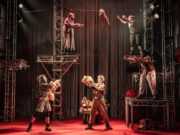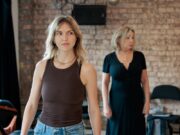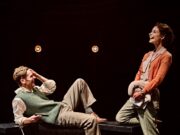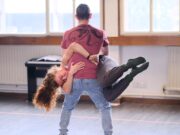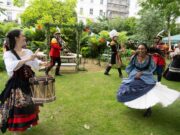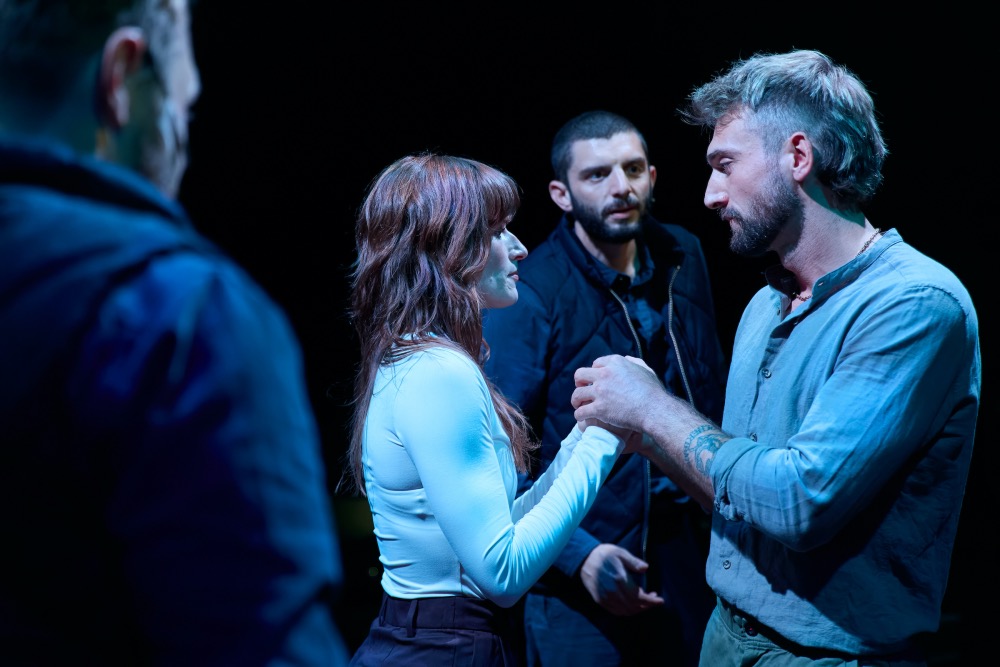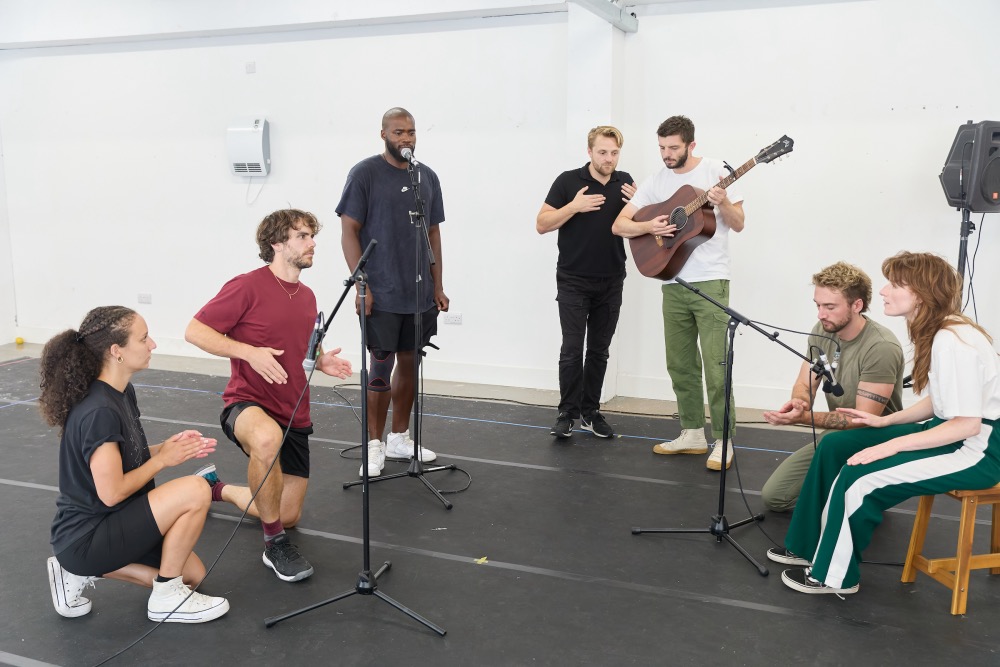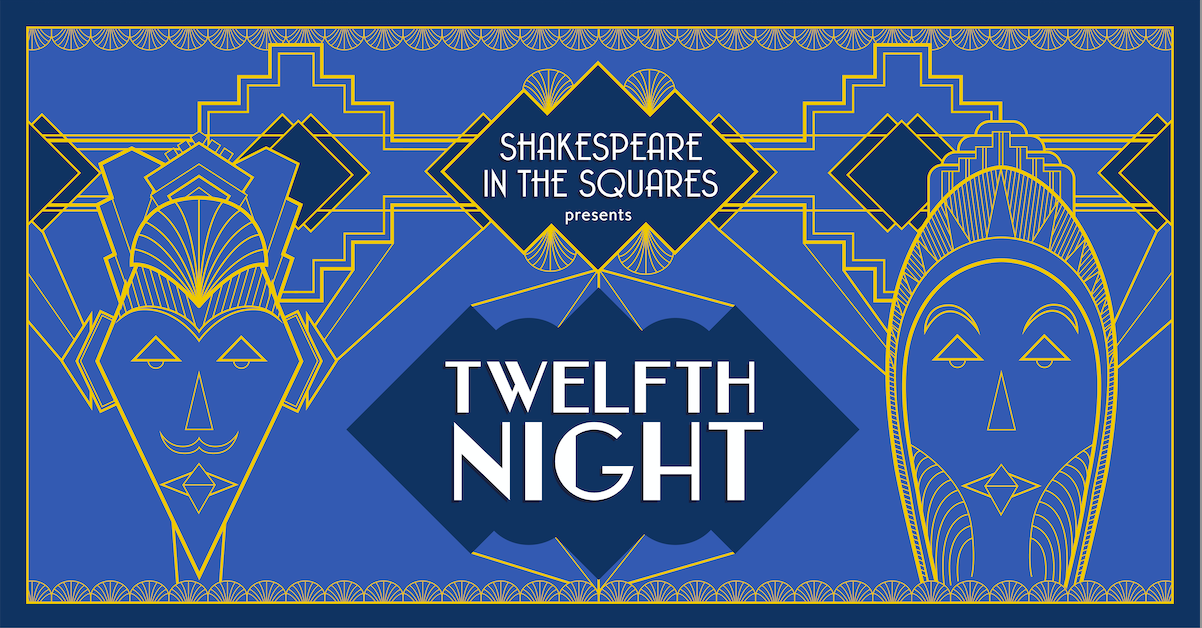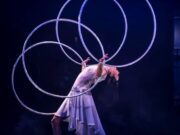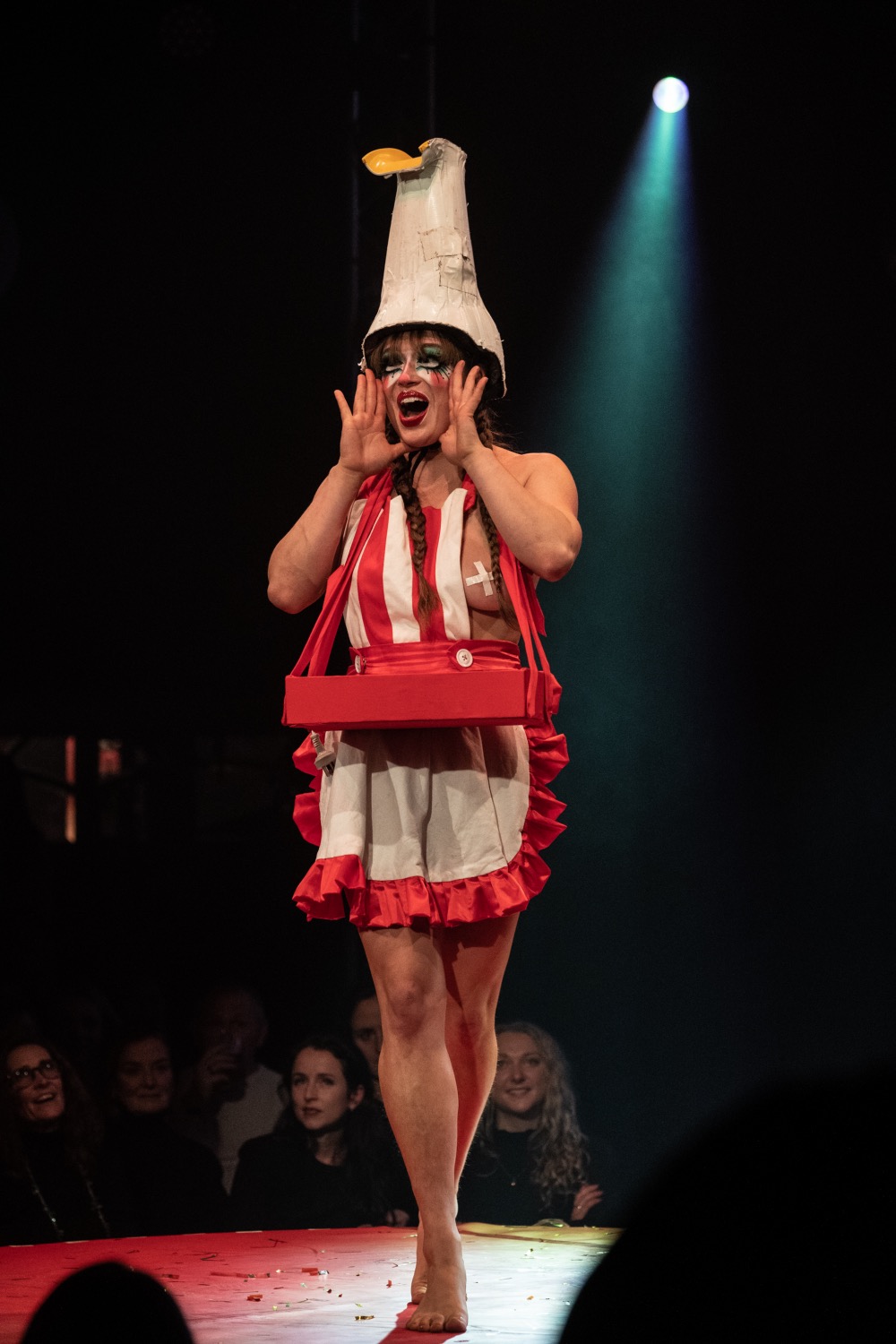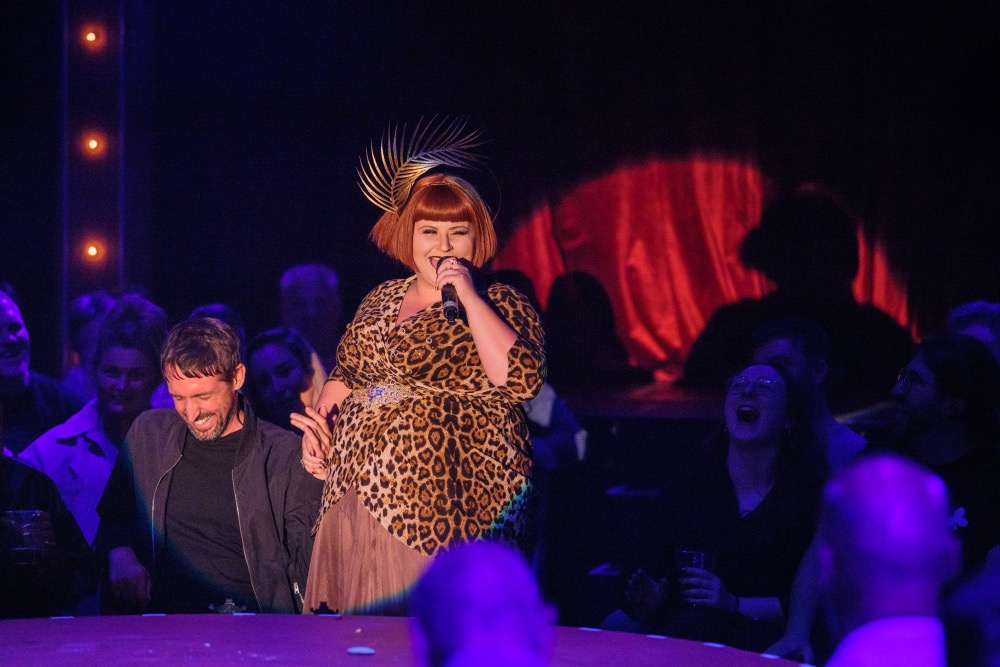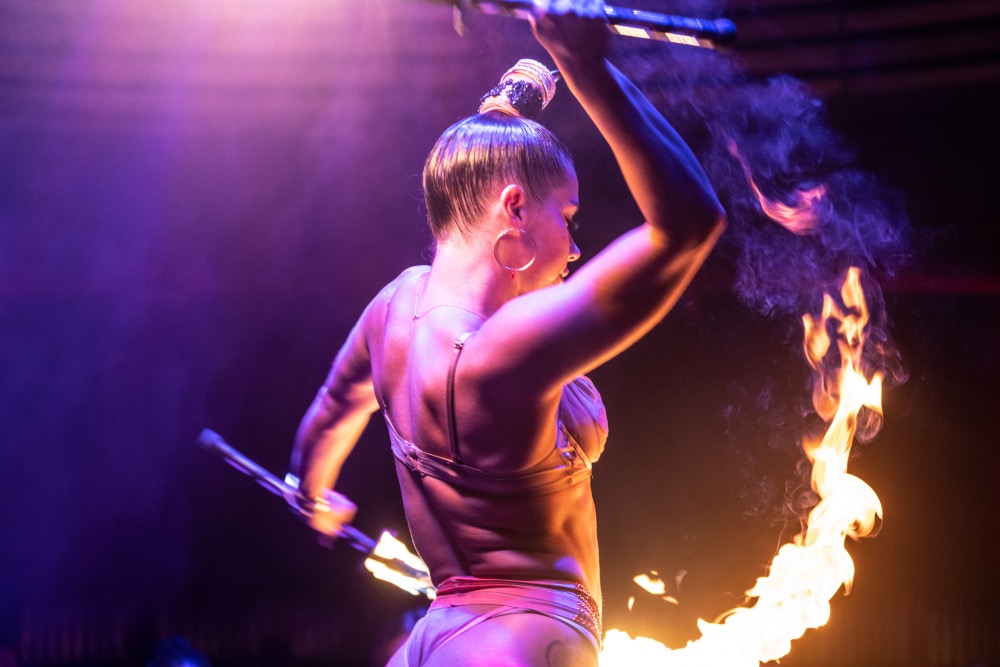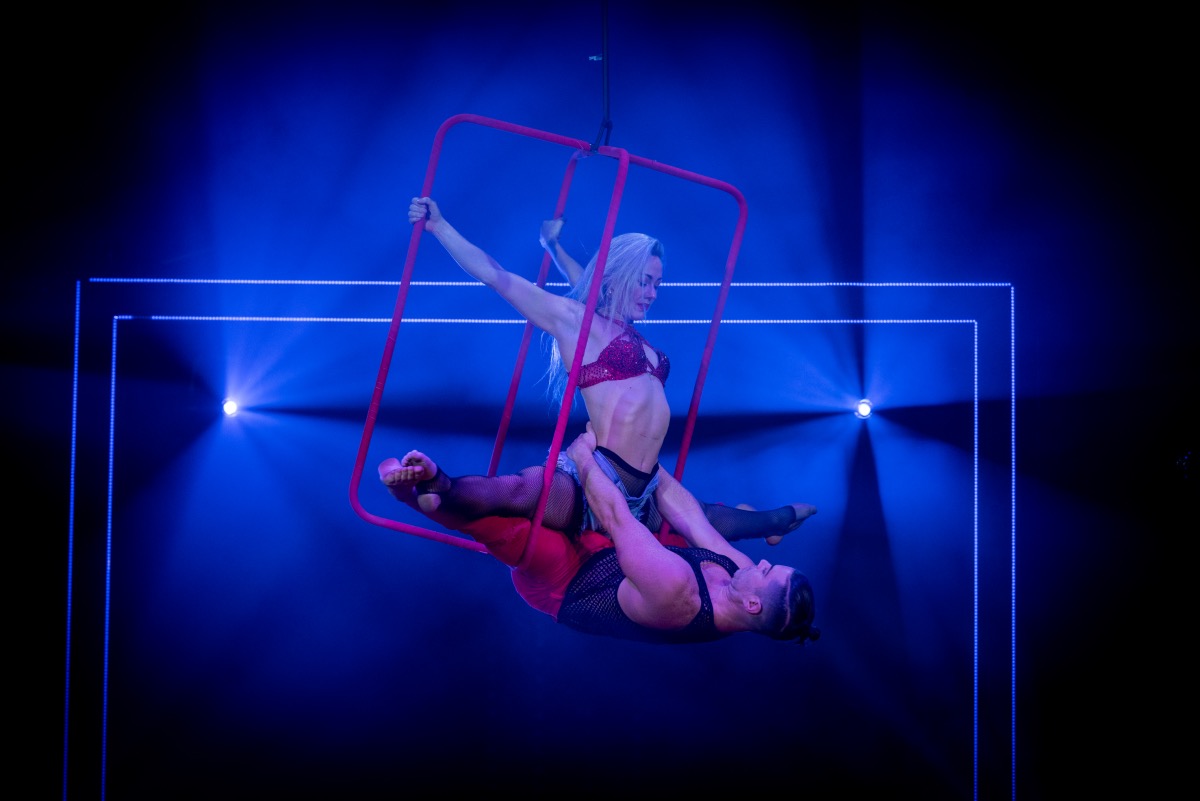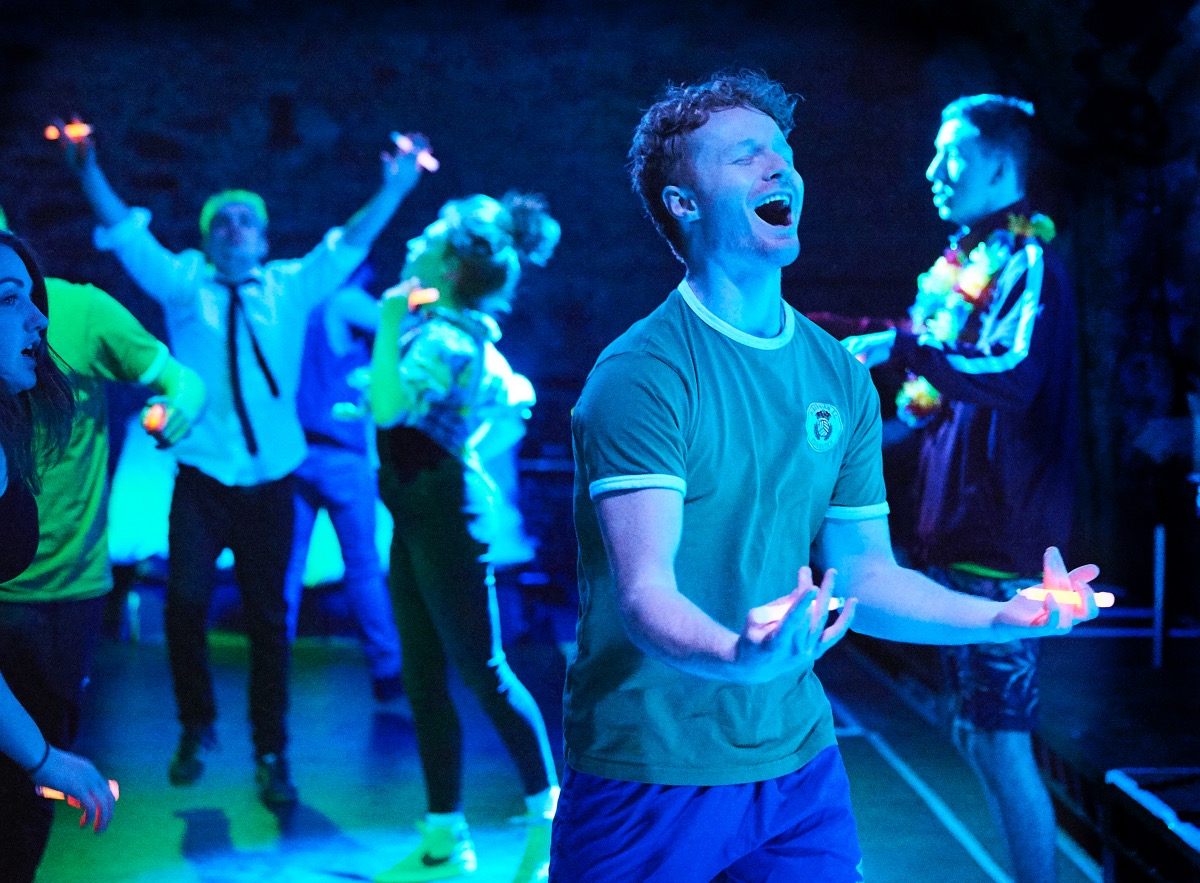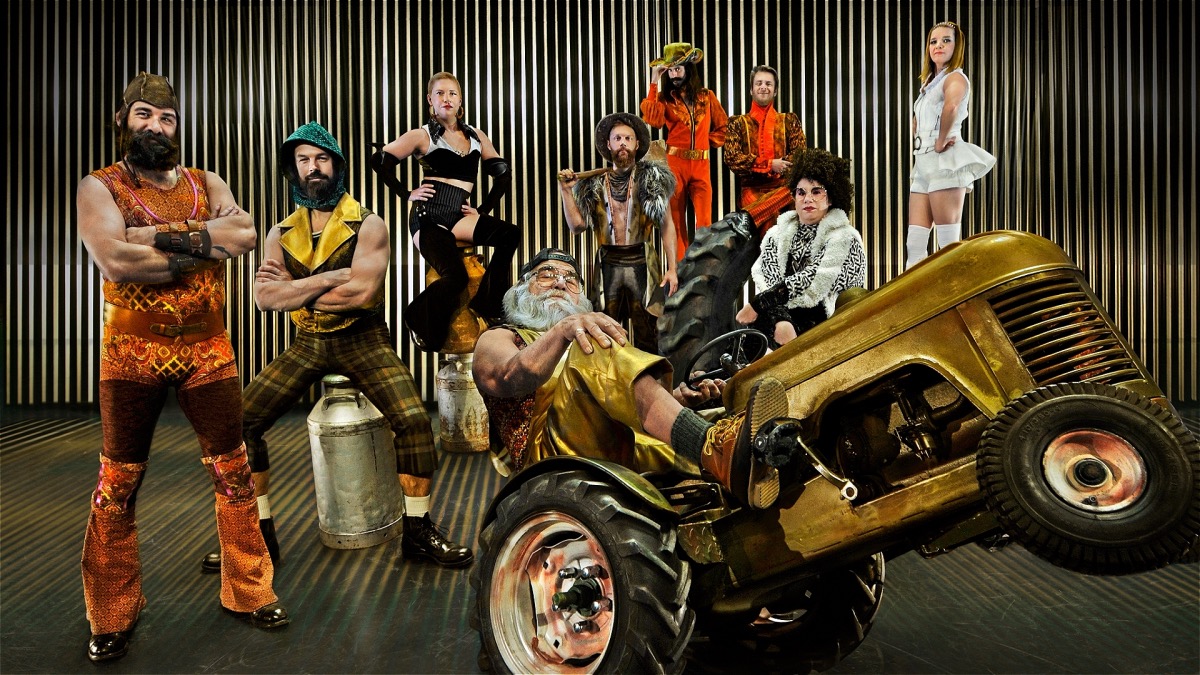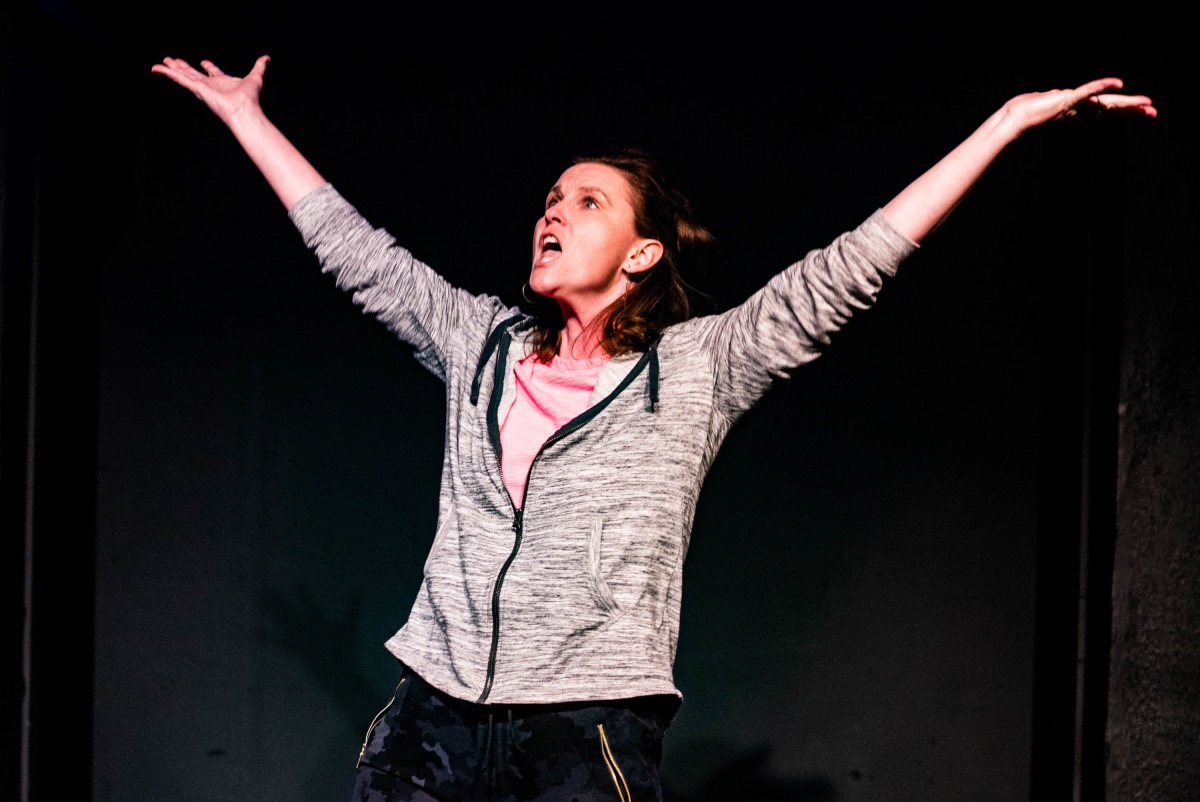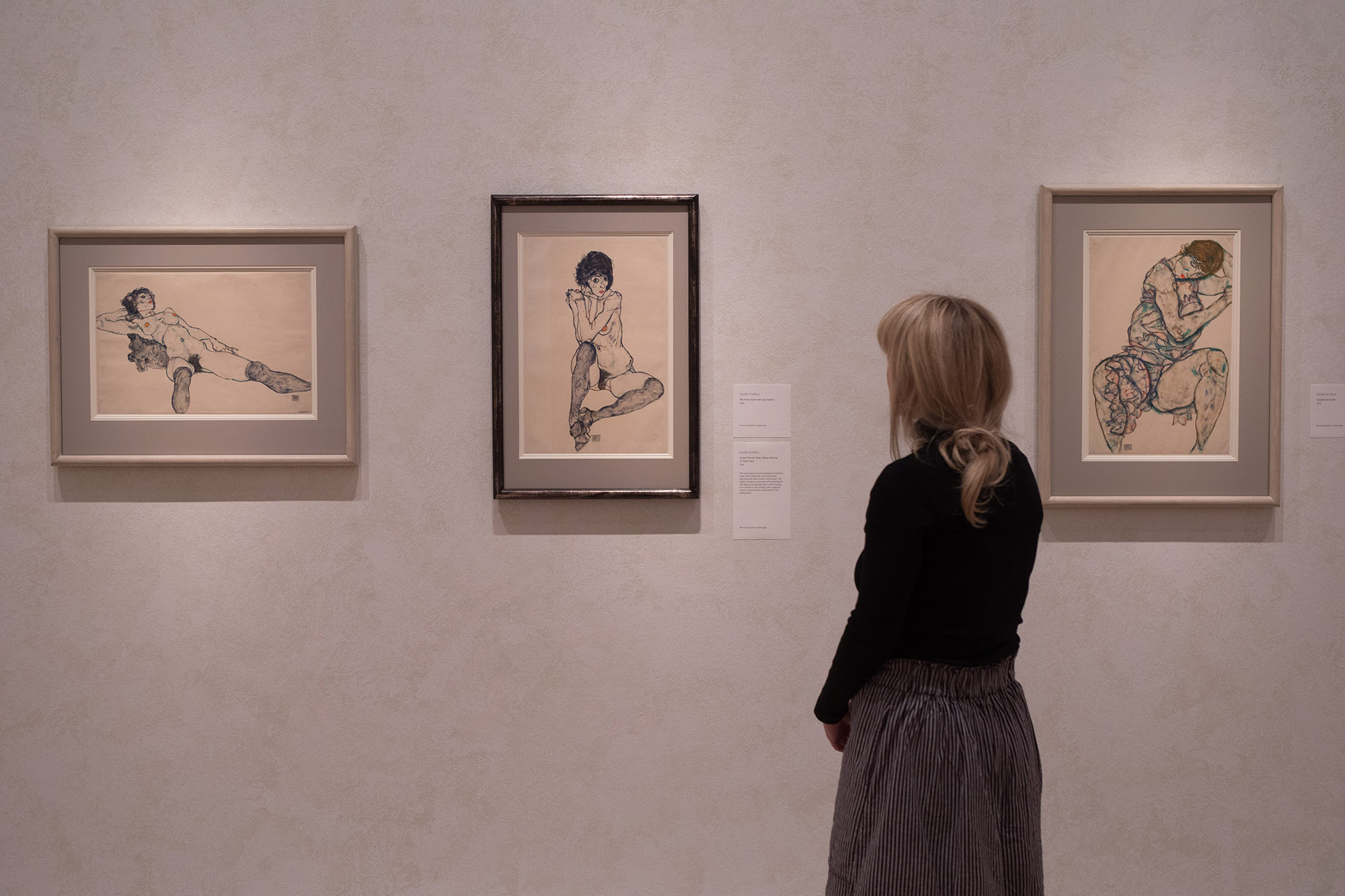
The Royal Academy in collaboration with the Albertina Museum in Vienna presents 100 portraits, allegories, landscapes and erotic nudes of Austrian artists Gustav Klimt and Egon Schiele. The exhibition of rare and fragile drawings displayed in the RA’s Sackler wing, gives us a raw and revealing glimpse into the relationship between the two artists marking the centenary of both artists’ deaths.
Gustav Klimt an Austrian symbolist painter and his protégé Egon Schiele (12 June 1890 – 31 October 1918) first met in 1908. Klimt, nearly thirty years Schiele’s senior, was one of the most prominent members of the Vienna Secession movement whose motto was “Der Zeit
Both artists shared an interest in representing the female form
Schiele’s marks are more angular and altogether more urgent. He often depicted his subjects in unconventional poses, with facial expressions that could appear anguished or climactic.
In the early 20th century, Vienna was considered quite the cosmopolitan city in Europe. It was the
Schiele who once asserted, “I must see new things and investigate them. I want to taste dark water and see crackling trees and wild winds….” was a forerunner in the expressionist movement.
As you enter the exhibition there is a photograph of Klimt in his garden in his long blue robe that he was known to have worn while in his studio with nothing underneath. Allegedly he had an insatiable sexual appetite with a particular fetish for redheads and was known to have sex with his sitters.
When Schiele met him, Klimt was in his golden age when a lot of high society women would sit for him in their contemporary dress as you will see in many of his studies in the exhibition.
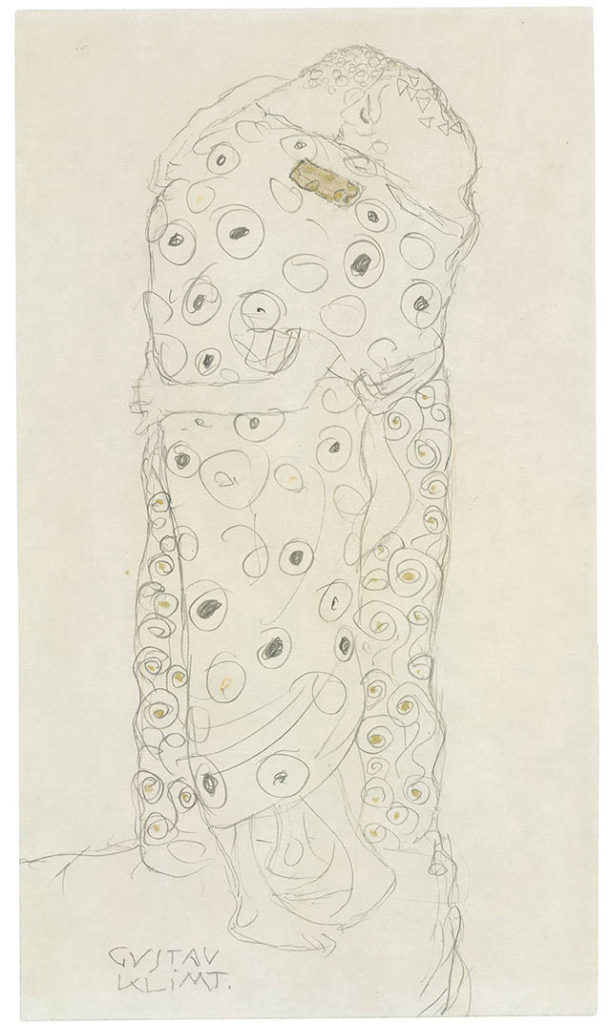
Schiele’s studies in the exhibition were finished pieces while Klimt’s work could be considered preliminary sketches for what would become gold or silver leaf oil paintings. Standing Lovers, (1907-08) is not unlike his famous oil painting The Kiss (1907–1908)
Shakespeare’s theatre, Studies of Romeo reclining shows Klimt’s exceptional draftsmanship in rendering 3D through the tonal qualities of his work.
Klimt’s studies for the Beethoven Frieze largely rely on pronounced body contours. The figures are stylised with specific body types, allowing Klimt to clearly distinguish different ideas in the narrative. In Standing Female Nude (1901), for example, the wild locks of the woman embodies a type of seductive femme fatale.
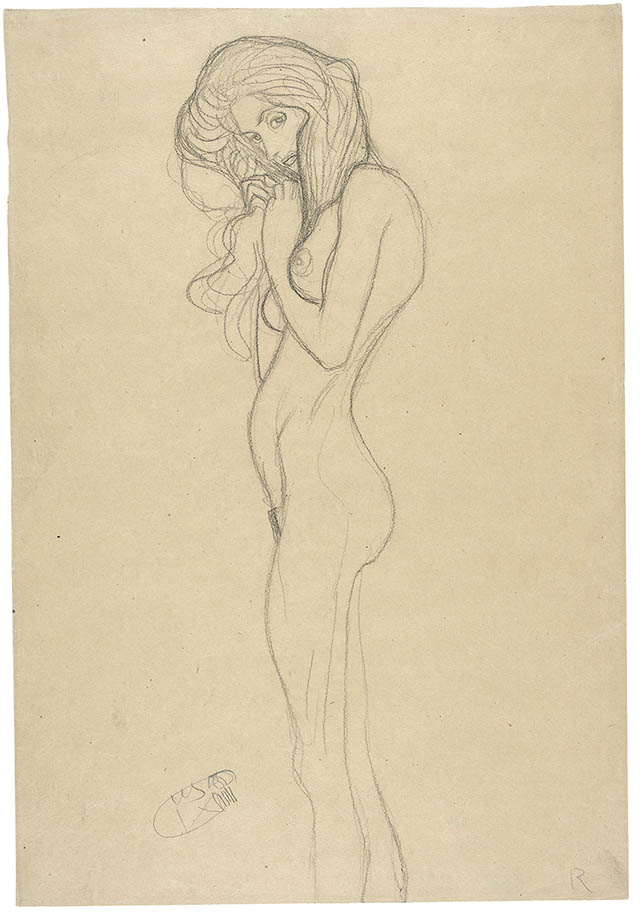
Gustav Klimt, Standing Female Nude (Study for the Three Gorgons, ‘Beethoven Frieze’), 1901 Black chalk on packing paper, 45.3 x 31 cm The Albertina Museum, Vienna Exhibition organised by the Royal Academy of Arts, London and the Albertina Museum, Vienna 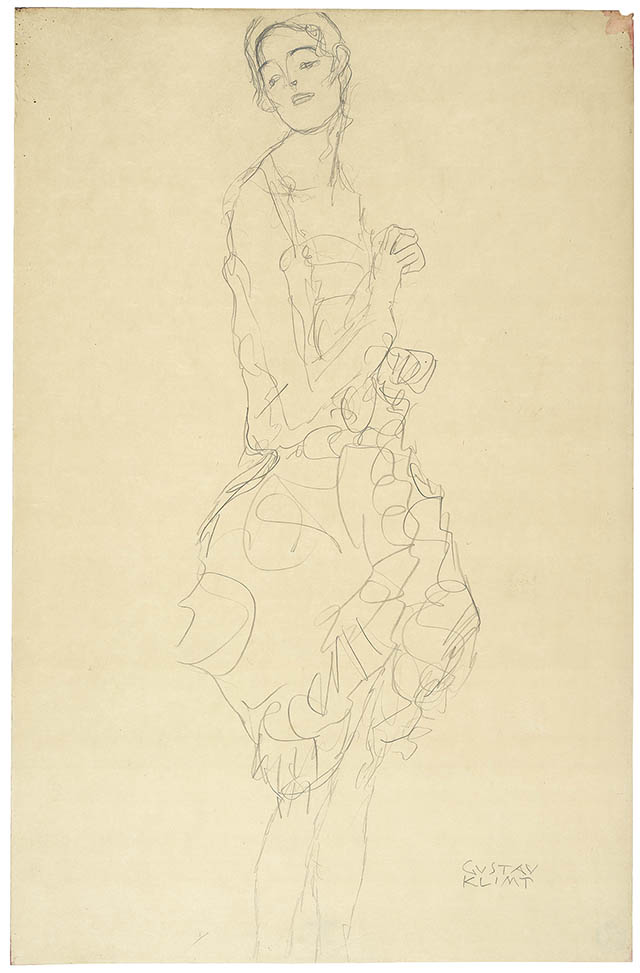
Gustav Klimt, Study for ‘The Dancer’ (‘Ria Munk II’), 1916-17 Pencil on paper, 49.6 x 32.4 cm The Albertina Museum, Vienna
We see influences of Klimt in some of Schiele earlier works. A reclining female nude by Egon Schiele (1908) shows where the artist dispenses with the
He then dispenses with this method in later work, to give us a more raw, brutal representation of society through contorted and distorted self-portraits and in his depiction of prostitutes.
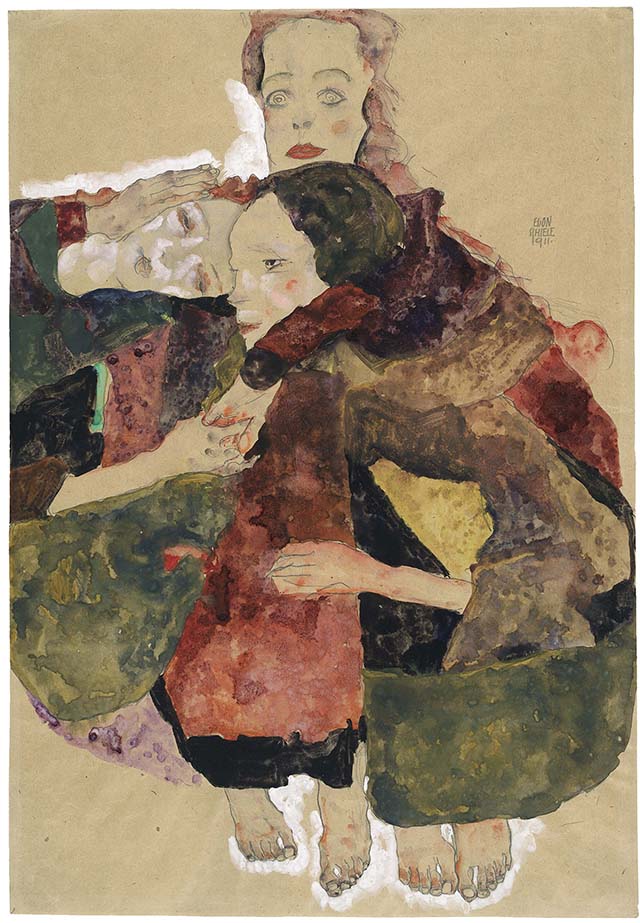
Unlike
Schiele’s Black haired nude girl (1910) depicts a very young prostitute (age of consent in Austria was 14 at the time). Her direct gaze is unnerving as she simultaneously invites and confronts the viewers. The lips, nipples and labia are coloured a bright red.
Seated Female Nude, Elbows Resting on Right Knee (1914) by Schiele, presents a pouting woman with parted legs leaving little to the imagination. Again her gaze and pout are inviting the viewer in. Schiele was considered quite the provocateur in his artistic representations.
.
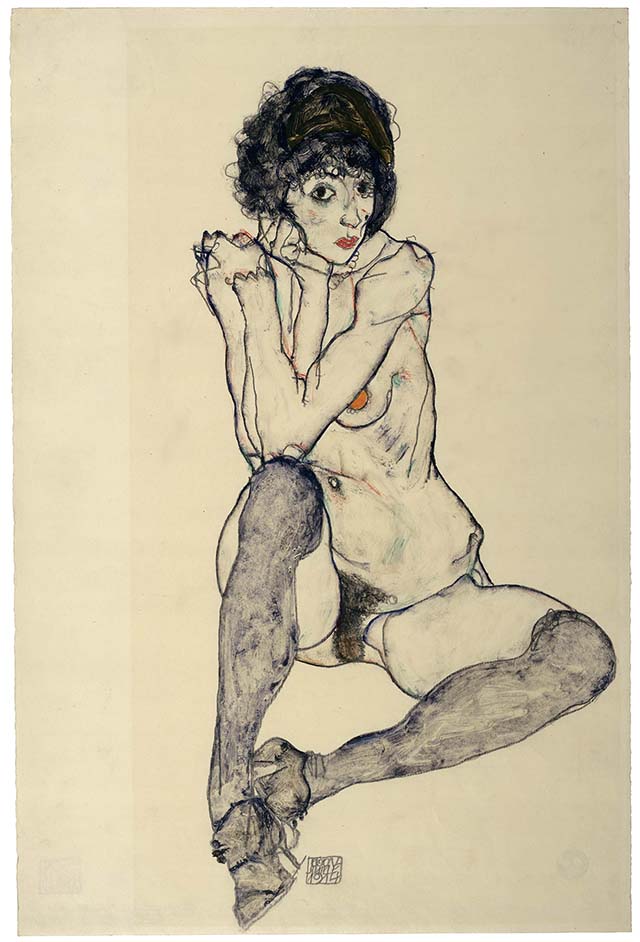
During his short life, Schiele was not without controversy. In April 1912, he spent 24 days in prison, charged with seducing an underage girl, abduction, and exhibition of pornographic material to minors. Drawings from his time in prison are also displayed in the exhibition.
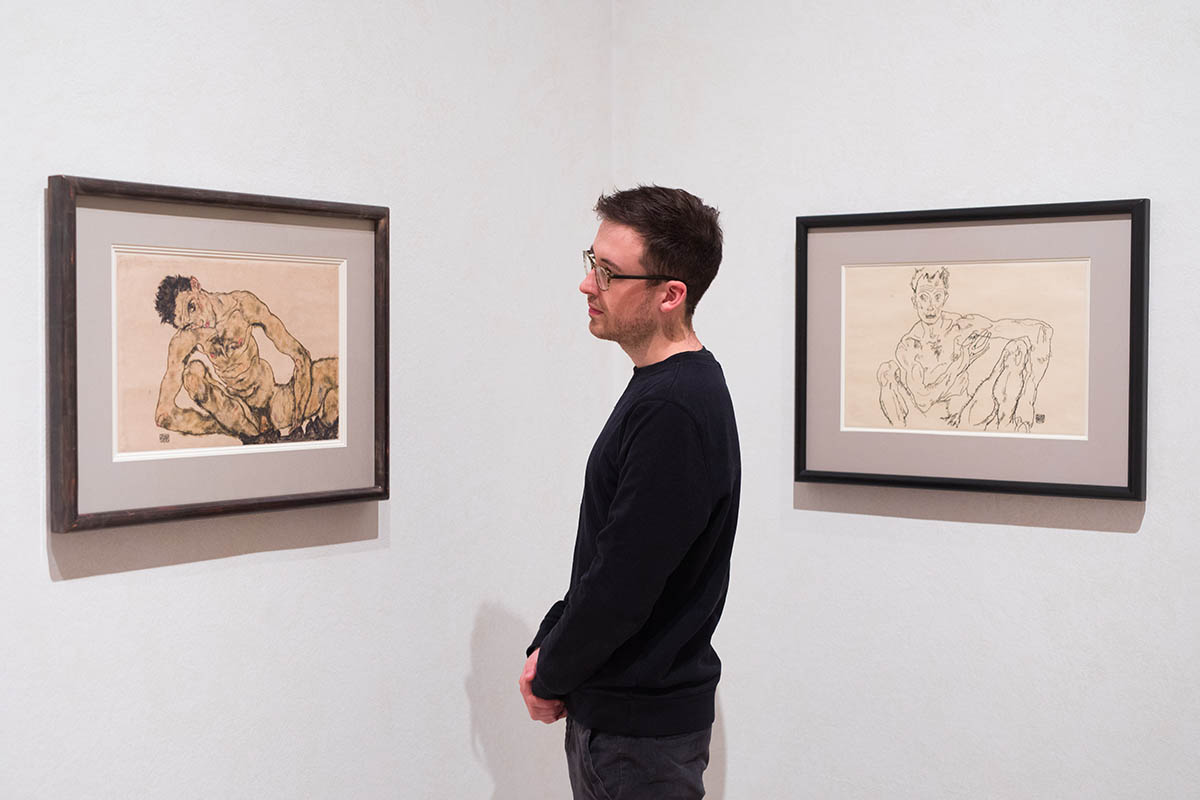
1918 was not just the end of Austro–Hungarian Empire, it marked the death of two its most prolific artists.
In January 1918, Gustav Klimt suffered a stroke leaving him partially paralyzed. Subsequently hospitalized, he contracted pneumonia and died on February 6, 1918, aged just 55.
It was thought that Schiele, on the verge of the commercial success that had eluded him throughout his career, would take his place. However, the Spanish flu took him out, that same year. Just 3 days after his pregnant wife succumbed to the illness, he died at the young age of 28.
While Schiele started as Klimt’s protégé, his departure from his teacher’s work would chart the course to a more radical expressionist movement. Klimt and Schiele are arguably the most relevant Viennese artists at this time and leave behind a remarkable legacy to modernism in art.
This exhibition is well worth a visit but maybe leave the children at home. The Klimt / Schiele exhibition is at the Royal Academy, London, until 3 February. (This exhibition contains some adult content. )
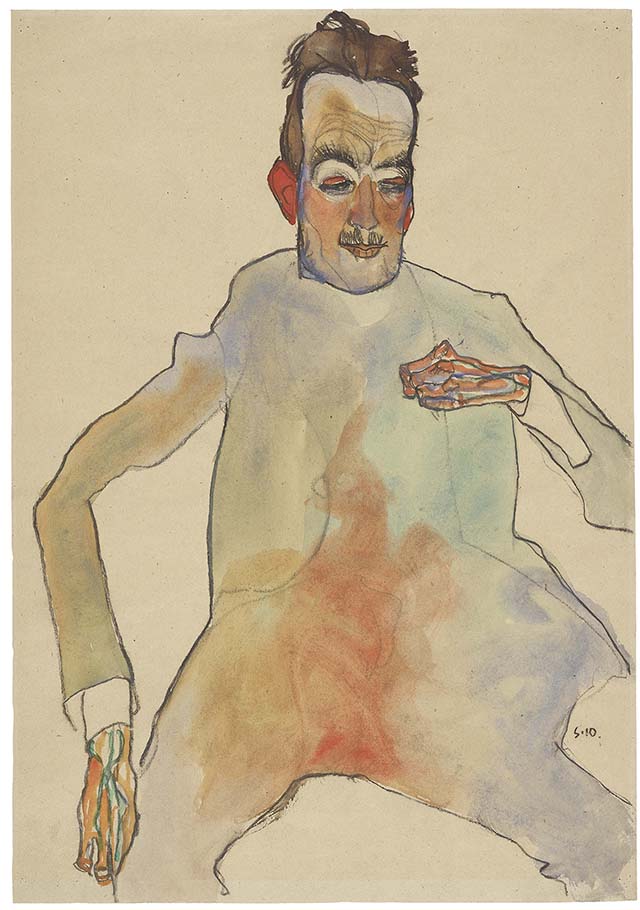

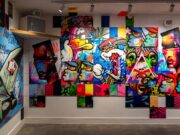
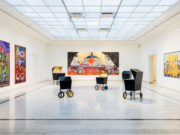

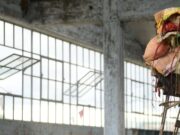
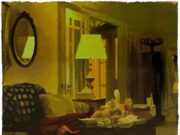
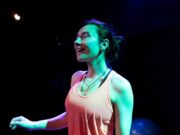


![Antigone [on strike] | Review Ali Hadji-Heshmati and Hiba Medina in Antigone [on strike] at Park Theatre, London. Photo: Nir Segal](https://theartiscapegallery.com/wp-content/uploads/2025/02/Antigone-on-strike-photo-by-Nir-Segal-D1_Standard-180x135.jpg)
